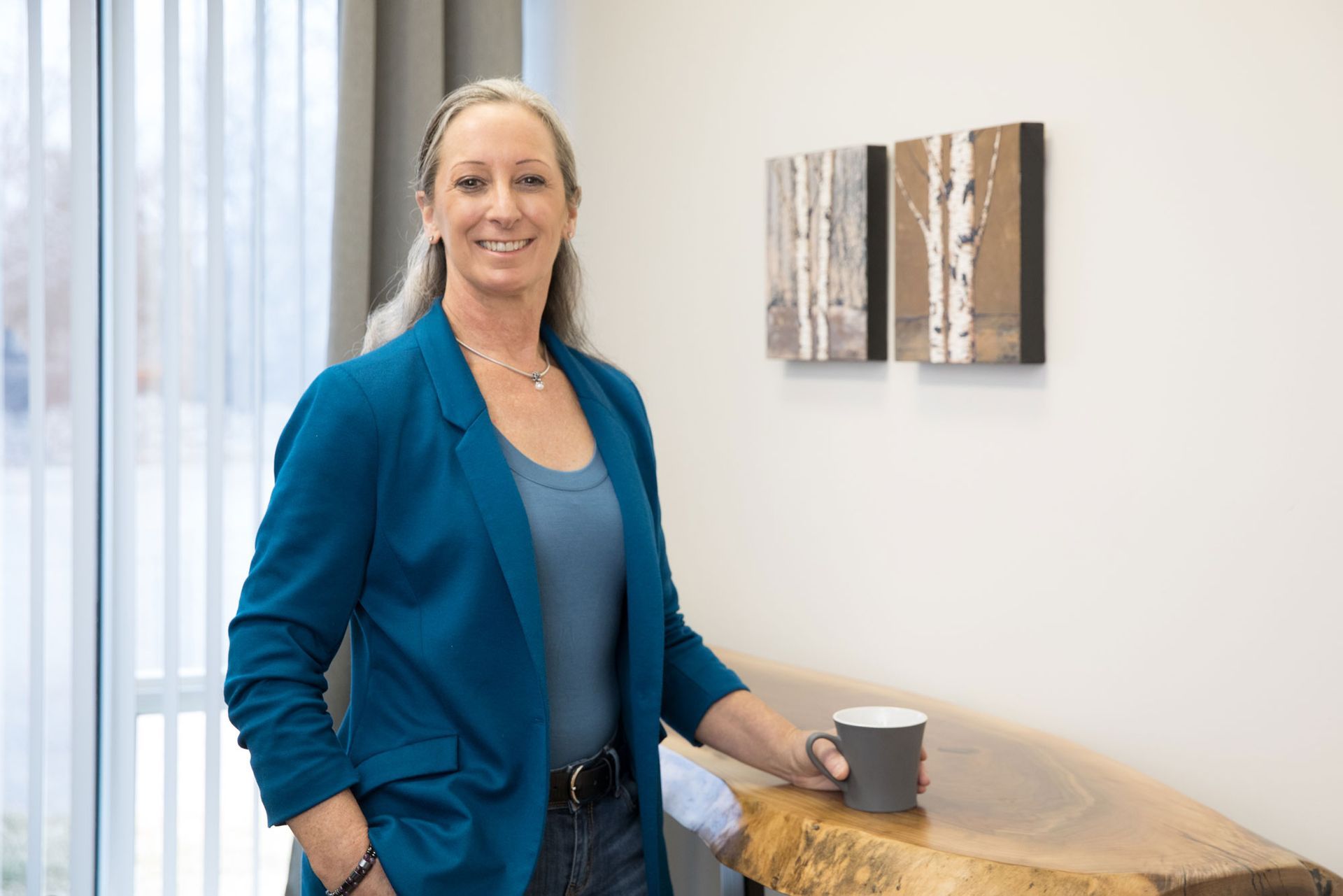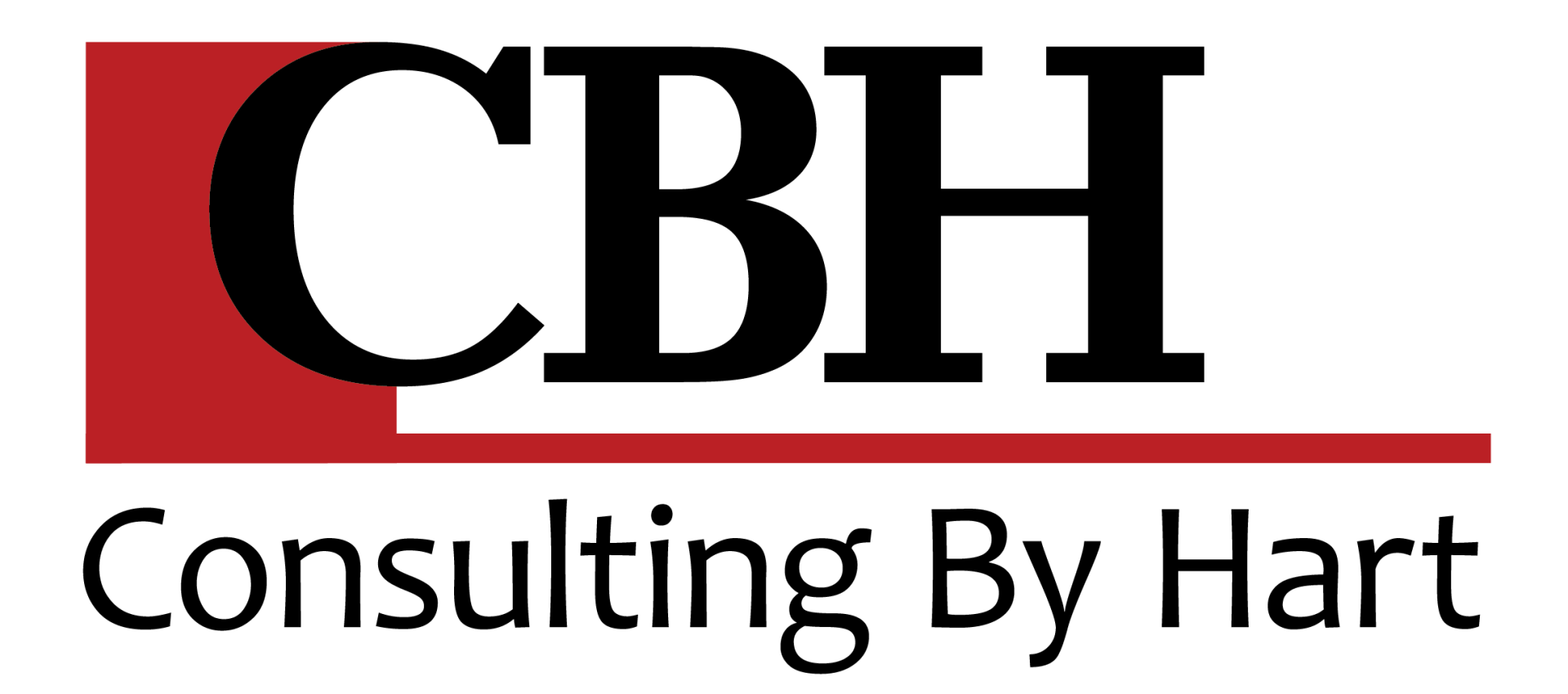The Essence Of A Legacy

It’s More About ‘Why’ Than ‘What’ you’ve done.
Every now and then, I’ve thought about how many hours I’ve spent writing business columns and blogs since 2006. My guess is that I’ve written 200+ columns. Each column hovers around 1,000 words and takes a couple of hours to write, sometimes more. So, that’s like a 200,000 word essay – or a book (or two or three books worth – the average novel is about 70,000 words). And a lot of hours at the keyboard. But that’s WHAT I’ve done, not WHY.
And since 2006, I’ve led and developed the Prosperity Partners Program for Landscape Ontario – two full day workshops about running a business - which I delivered to well over 800 business owners across the Province over about 8 years. That Program changed the trajectory for MANY small business owners. It also helped to provide a business blueprint for those aspiring to start a landscape business. But that’s WHAT I’ve done, not WHY.
I know from 24 years of running my own landscape business, that it's easy to become overwhelmed with all of the responsibilities of running a business. And to feel alone. That’s why my husband Tim Kearney and I started the Peer-to-Peer Network for Landscape Ontario 11 years ago. And if I were counting the full day workshops and Summit’s I’ve delivered and facilitated for hundreds of Peer-to-Peer Network members, it would be north of 50 days – with another 150 days of prep and research. And a LOT of driving across the province. But that’s WHAT I’ve done, not WHY.
And speaking of that landscape business of mine, we won 20 Landscape Ontario Awards of Excellence. But that’s WHAT I’ve done, not WHY.
Since 2005, almost every year, I’ve been a speaker at the LO Congress Conference – to thousands of attendees, on topics ranging from engaging the team, business systems, setting goals, leadership and more. And as well, I’ve spoken at Landscape conferences and run full day workshops across the country. But that’s WHAT I’ve done, not WHY.
I also sat on the Landscape Ontario Provincial Board of Directors and was elected to the Executive Committee. But that’s WHAT I’ve done, not WHY.
Three years ago I took on the curriculum overhaul and continuous improvement delivery for the Employers of Choice program, with now over 300 business owners and managers working hard to implement that robust tool box for better HR management and employee engagement. But that’s WHAT I’ve done, not WHY.
Focus On What's Happening Through You, Not To You.
I recently read 'The Depressed Motivational Speaker by industry consultant, facilitator and long-time LO friend, Jim Paluch. And this month, I co-facilitated another Feature Congress Event with Jim for the Peer-to-Peer Network, to share some amazing strategies to build resilience under stress. The book is a must-read for business owners. One of the most striking themes for me in this story is “focus on what's happening through you, not to you”.
This one simple phrase is so powerful. Without realizing it, I believe that's what I've managed to do, through lots of challenges and adversity in my own journey - always doing my best to show up with authentic advice, separated from my own stresses. Focusing on what has been happening through me rather than to me.
Leaving A Legacy
I never thought of my role writing blogs, or building and leading the PP, P2P or EOC programs, or speaking at Conferences, as creating a Legacy. That is until now. I don't think that we typically start our careers with the intention of legacy. I didn’t. And for me now, here it is – a time to take a look at my Landscape Ontario legacy.
The essence of my ‘WHY has always been to help hard working business owners with fresh ideas and business tools, meaningful discussions, and sharing a new perspectives, with the hope that my ideas and words will build confidence and curiosity, making the path forward a bit easier, more rewarding, and more hopeful. That’s WHY. Because I believe there’s always improvement to aspire to, and the importance of being on a shared journey, together.
When you look back on the lives that your career has touched, I'm guessing that you too are building your own legacy – but perhaps without realizing it – like I have.
From the people that you've worked with, to the landscapes you've designed, or built, planted, pruned, cared for, enhanced, watered, fertilized, supplied, or illuminated, your legacy lies within.
There are watershed moments in every career that are transformational. But we often don't recognize it at the time. Pride is our looking-glass in real-time. Legacy is our rear-view mirror.
Perhaps you have heard the phrase, “it takes a community to raise a child”.
I've been thinking a lot about the LO community in the past few months, and the 'children' (businesses) it has raised, both of mine included (Water’s Edge Landscaping and Consulting By Hart). This LO community has raised tens of thousands of 'children' in its’ 50 years. And just like you, here reading this Business Tips issue for maybe the first time, or the 200th, I'm grateful to be one of them.
A Fond and Grateful Farewell to Landscape Ontario
I am confident that all of the Landscape Ontario ‘whats’ I’ve done over the past 15+ years has offered solutions, and some inspiration to try something new for business owners and managers. And that my ‘why’ has helped many to realize that they’re never alone if they engage in all Landscape Ontario has to offer.
After 200+ business column issues for Landscape Ontario, I have just submitted my last one. I am sadly retiring from all of my work with LO. I am grateful to have had the opportunity to inspire others to challenge hard working business owners and to have shared my hard-earned wisdom on running a business and a team. For your business and your team. That’s always been my ‘why’, and why I love being a business coach – which I will continue to do in the years ahead.
I encourage you to take a moment to take stock of the legacy that you are building…. And to hone in on your ‘why’ vs your ‘what’.
Onwards.
Other Articles That May Interest You:




